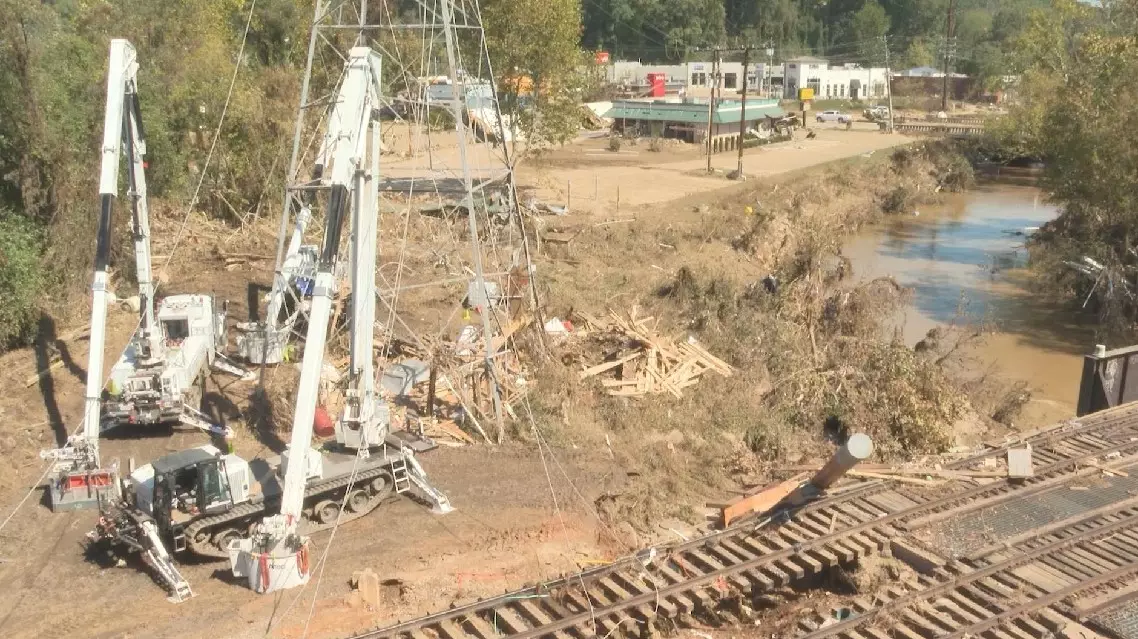Many residents in Asheville of southeastern U.S. state of North Carolina were severely impacted by Hurricane Helene and expressed concerns about the government's slow recovery efforts and the difficulties in restoring their life after the disaster.
At least 227 people died as a result of the destruction caused by Hurricane Helene since it made landfall in Florida on September 26, according to U.S. news outlets on Saturday.
More than 70 people are still missing in Asheville as of Saturday, and local emergency authorities reported that search and rescue efforts are ongoing. Helene has become the deadliest hurricane to strike the U.S. mainland since Hurricane Katrina in 2005.
After the disaster, local communities, along with organizations from other states, spontaneously organized to provide material assistance to the affected residents in Asheville. The Biden administration declared a major disaster in North Carolina, but federal assistance has yet to arrive, leaving many residents worried about rebuilding their homes.
They said water and power outages have become their biggest challenges.
"Right now, most people are without power, they have no water. And I'm hearing that the water is going to be a month before we have water back up into residents. And there's been very limited cell phone service, also, no internet really anywhere either, so most people can't communicate with one another. Most people can't cook right at home, especially they don't have gas. We're feeding everybody hot meals right now," said Dave Jackson, head of a local NGO.
Additionally, the National Hurricane Center warned that Tropical Storm Milton formed in the western Gulf of Mexico on Saturday local time, with winds expected to strengthen rapidly and reach the western coast of Florida by Tuesday or Wednesday. Florida Governor Ron DeSantis declared a state of emergency for 35 counties in the state on Saturday.

Residents in US Asheville complain about slow recovery efforts after Hurricane Helene

Residents in US Asheville complain about slow recovery efforts after Hurricane Helene

Residents in US Asheville complain about slow recovery efforts after Hurricane Helene









